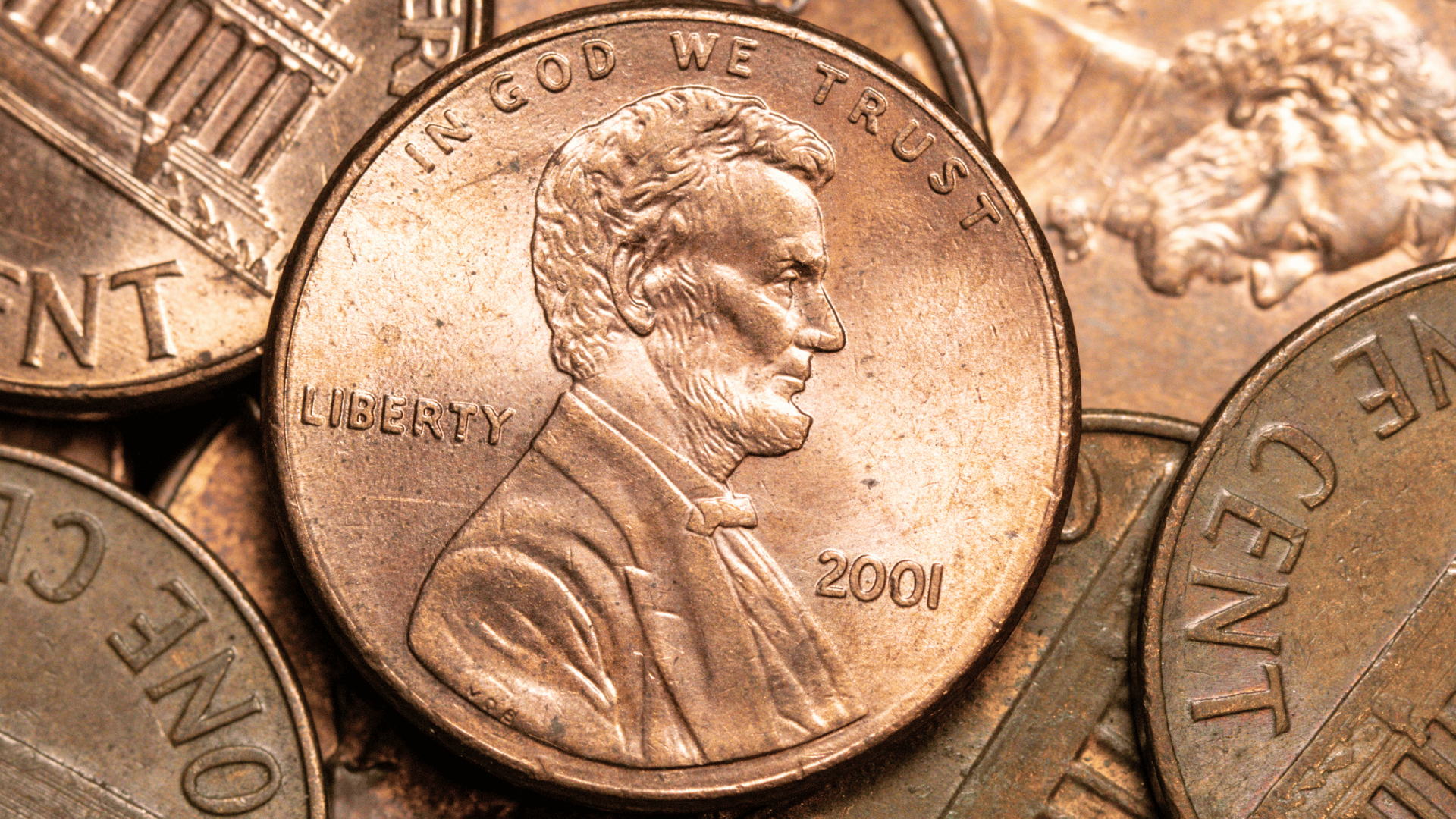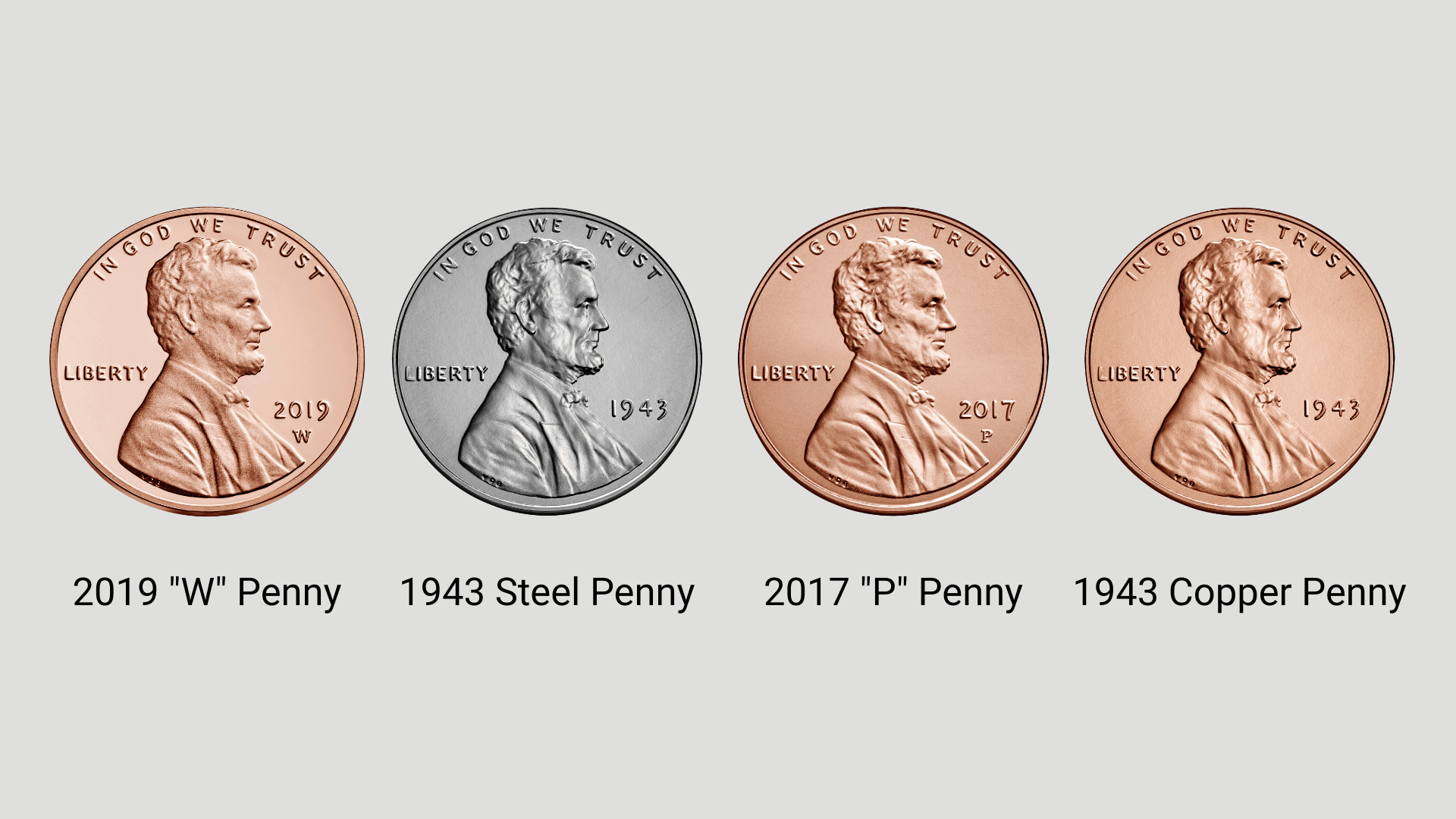The humble penny’s 230-plus-year run is over. The United States Mint struck the final penny intended for general commerce in Philadelphia. This move is not sudden. It’s built on decades of mounting reality.
The central driver behind the cancellation is the penny’s unsustainable production cost. According to data released by the U.S. Mint, the production cost soared from $1.42 to $3.69 in a decade. It’s clear that it costs more to make the coin than it’s worth.
What does this do for the future, though? There are concerns for consumers because all signs point to a rounding policy. Nevertheless, the one-cent coin will remain legal tender.
The History of the Penny

The U.S. Mint first issued the current design in 2010. President Abraham Lincoln’s head has been on the one-cent coin since 1909. On the reverse side, or “tails,” represents Lincoln’s “preservation of the United States as a single country.”
It was also one of the first coins ever made by the U.S. Mint after its establishment in 1792. The coin was originally larger and made of pure copper, with the “heads” side of the penny featuring a woman with flowing hair symbolizing liberty. In 1857, the coin shrunk in size and was made of 88% copper and 12% nickel. These changes came with new designs. Instead of the woman representing liberty, it featured a flying eagle on the obverse (heads) and a wreath on the reverse (tails).

Over the years, several unique pennies were minted. In 1943, pennies were made of zinc-coated steel because copper was in short supply during World War II. At the beginning of the same year, a limited number of copper pennies were struck by mistake. In honor of the Mint’s 225th anniversary in 2017, pennies made in Philadelphia had a “P” mint mark for the first time. In 2019, the West Point Mint made special collectible pennies with a “W” mint mark.
Future Implications
What does this mean for the future of currency? Or commerce?
According to a July economic brief from the Federal Reserve Bank of Richmond, the removal of the penny is expected to result in cash transactions rounding up to the nearest nickel (0 or 5). This is how it works: If the final digit of a purchase ends in 3, 4, 8, or 9 cents, the total will be rounded up; if it ends in 1, 2, 6, or 7 cents, it will be rounded down.
According to the same report, rounding to the nearest nickel would cost consumers approximately $6.06 million annually.
On a lighter note, what will future generations think of the penny? Will they request a penny for someone’s thoughts? Will pennies still come from heaven? Maybe it will bring you extra luck if you find a penny on “heads” while walking down the street.
The Penny: March 1793-November 2025


